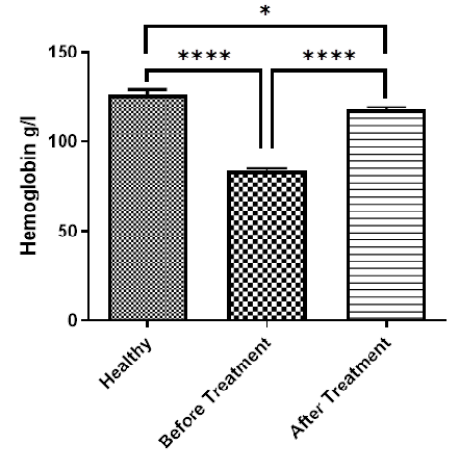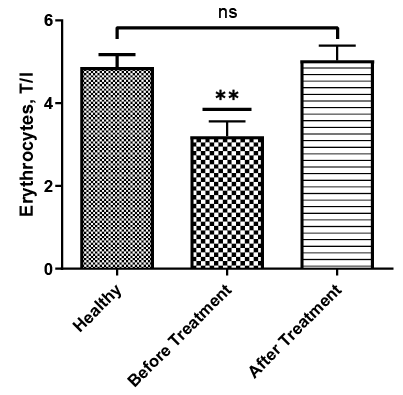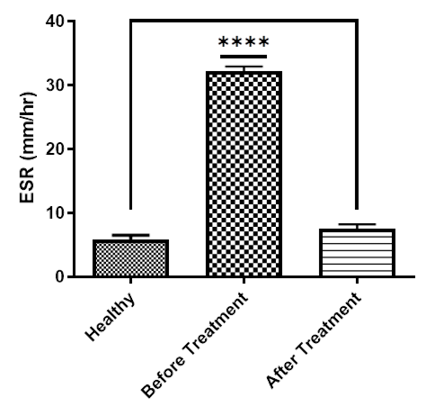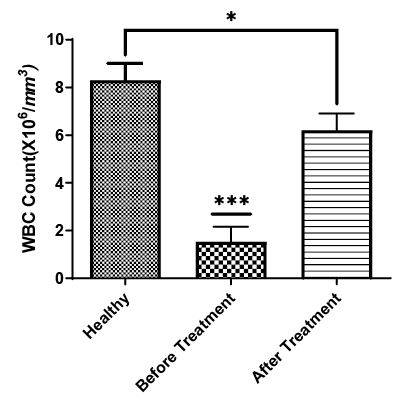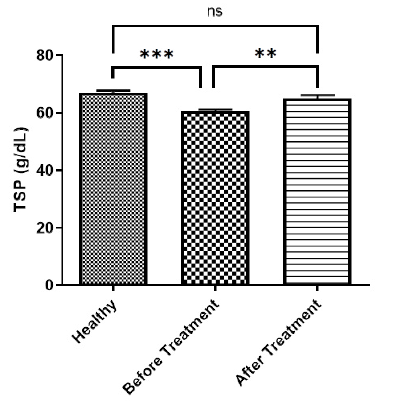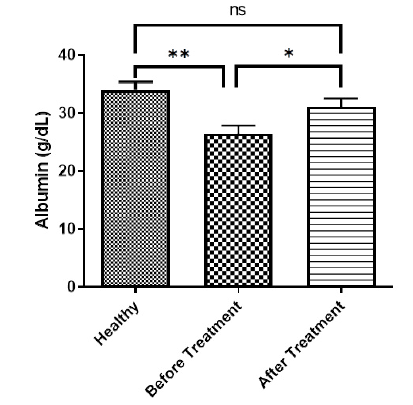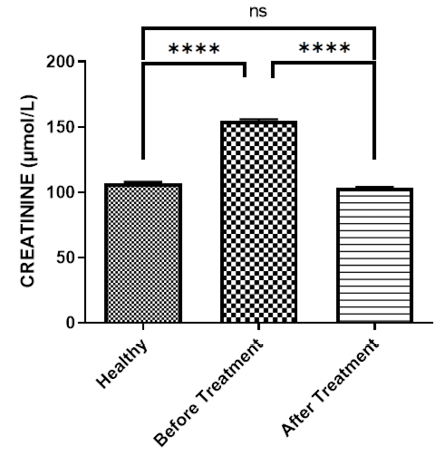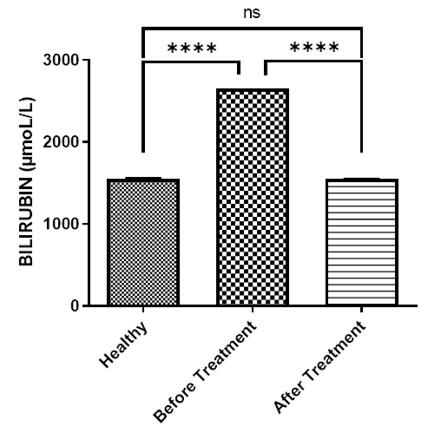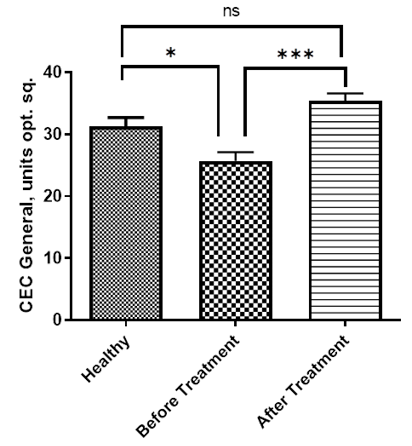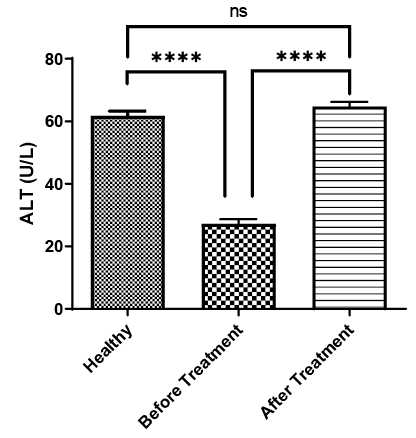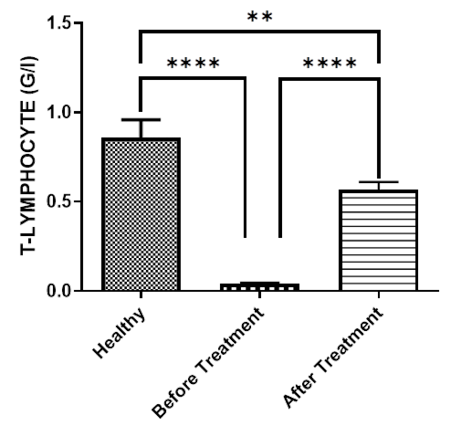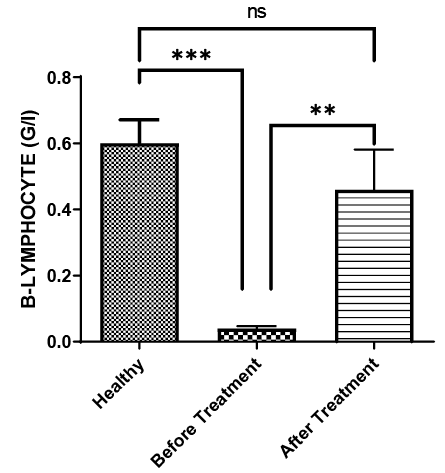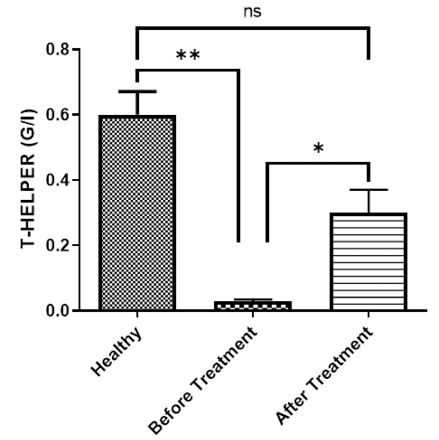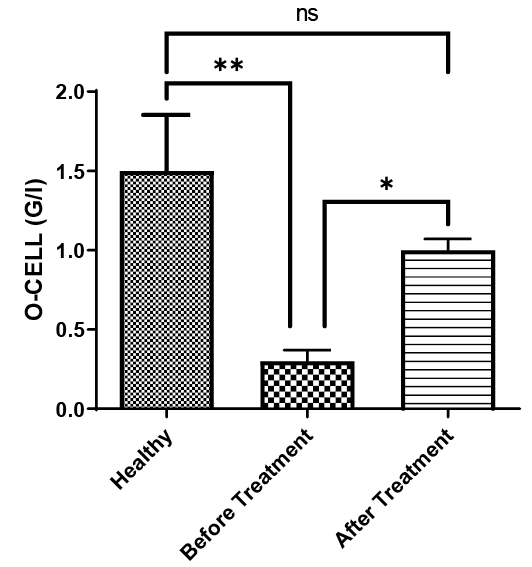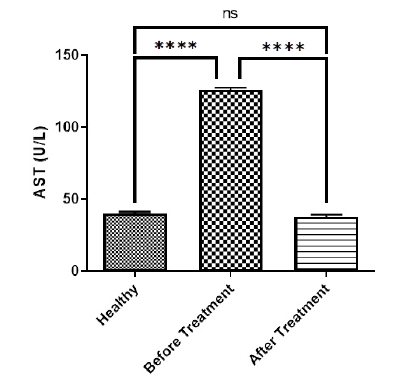Treatment of Severe Canine Parvoviral Enteritis Associated with Coccidia
Treatment of Severe Canine Parvoviral Enteritis Associated with Coccidia
Mohammed Mijbas Mohammed Alomari1, Nawar Jasim Alsalih2*, Samir Sabaa Raheem2, Mohenned Alsaadawi2, Ali Mosa Rashid Al-Yasari3
Concentration of Hemoglobin g/l.
Total number of Erythrocytes, T/l.
ESR, mm/h.
Total number of leucocyte.
Concentration of Total serum protein (g/dl).
Concentration of Albumin (g/dl).
Concentration of UREA (mmol/L).
Concentration of Creatinine (µmol/l).
Concentration of bilirubin (µmol/l).
Concentration of α-amylase (U/L), CEC, the activity of ALT, AST as in Figures 11,12 and 13.
CEC general, units opt. sq.
Concentration of alanine aminotransferases (U/L).
Total number of T. Lymphocyte (G/L).
Total number of B. Lymphocyte (G/L).
Total number of T. Helper (G/L).
Concentration of Aspartic i aminotransferases (U/L).




